
The lone cowboy of the American West is an iconic image ingrained into the fabric of our national identity — and it's only been bolstered by aggrandizing representations in cinema, television, and advertisements. But what is often omitted from these narratives are the long and revered traditions of black communities that have kept and trained horses for centuries.
Black Cowboy, an exhibition of pictures and video now on view at the Studio Museum in Harlem, celebrates these long overlooked traditions, and challenges the conventional cowboy archetype of the grizzly white male. Amanda Hunt, an associate curator at the museum who organized the exhibition, spoke with BuzzFeed News on the significance of Black Cowboy:
"The cowboy has often been pictured in visual culture as a symbol of white masculinity, including in early-20th-century American paintings and more modern images of John Wayne or the Marlboro Man. With that in mind, Black Cowboy offers a snapshot of black communities in America with long histories of keeping and training horses, which expands our idea of what constitutes an American icon and legacy, and complicates a narrative that has been uniquely and inseparably woven into popular culture."
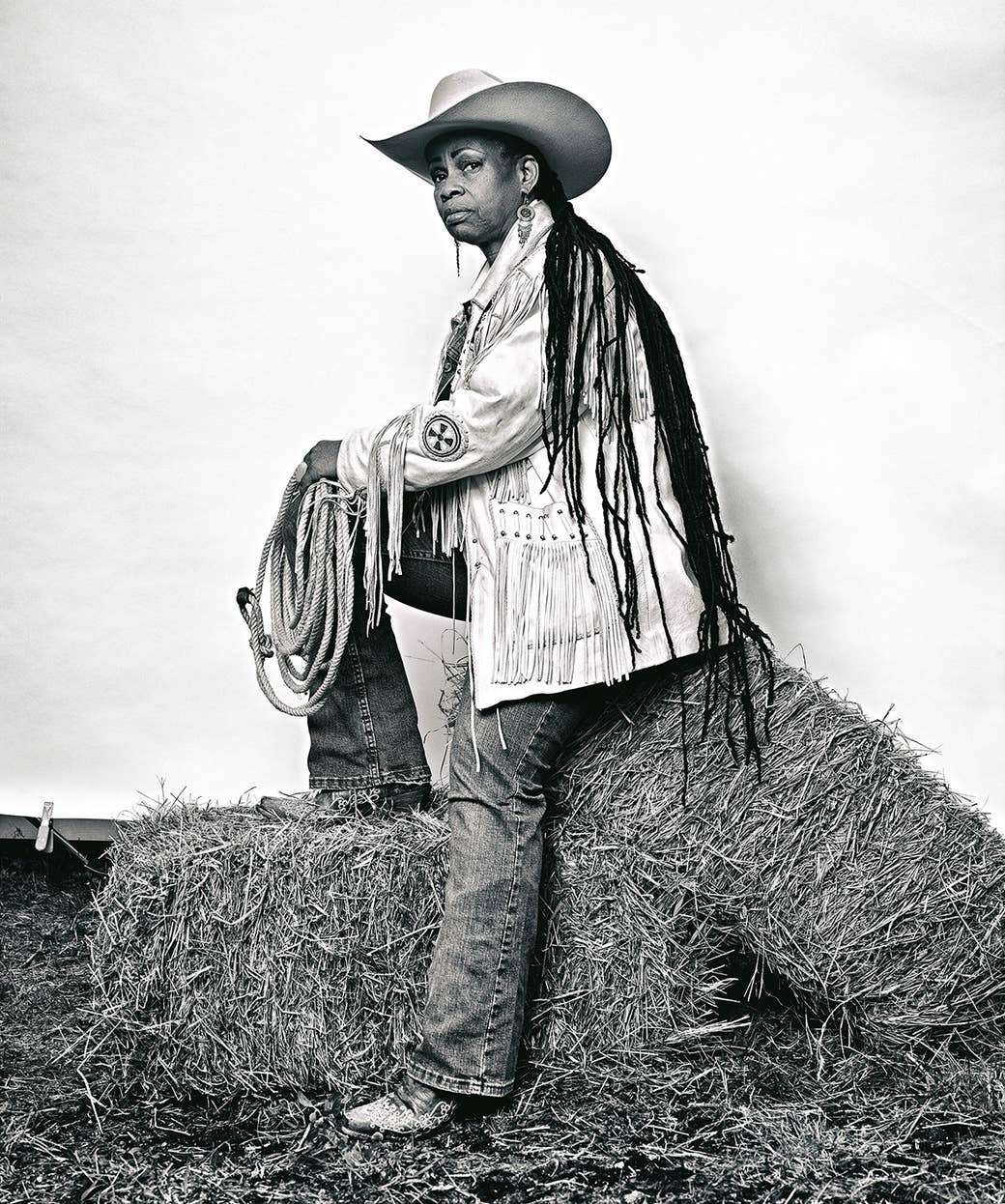
"I wanted to demonstrate that the black cowboy tradition is alive and well today, and in ways you may not expect. The tradition of horse-keeping lives on in places like Queens, Philadelphia, Oklahoma, and Los Angeles," Hunt said. "And while the image of the cowboy continues to be an enduring icon of white masculinity, in reality, the population was and continues to be quite diverse. So this exhibition seeks to correct in some small way the omission of African-American cowboys from history."
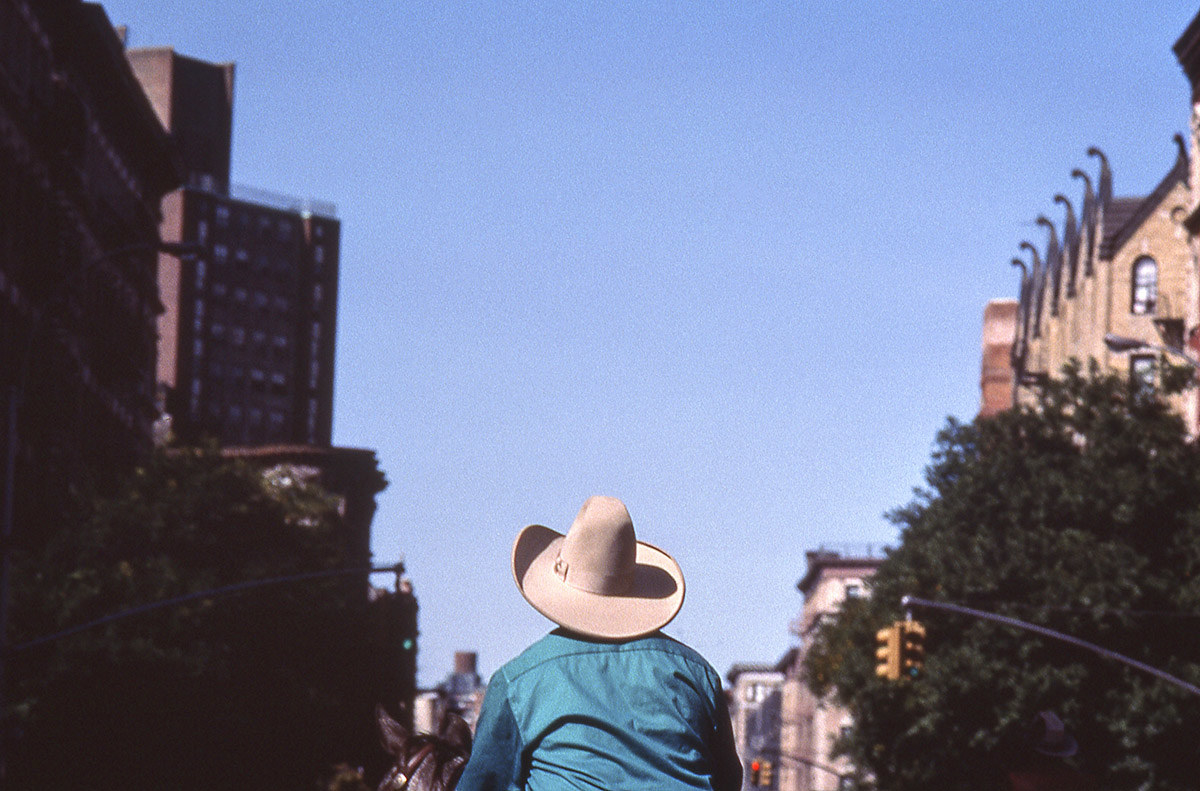
"What fascinates me most about Black Cowboy is its collective ability to complicate the narrative of the American West. Each artist reveals something different about the tradition of black cowboys," Hunt said. "Whether it’s Brad Trent’s photo of a female member of the Federation of Black Cowboys or Chandra McCormick’s capture of the Angola Prison Rodeo, each piece is equally important to expanding ideas of what constitutes an American icon."
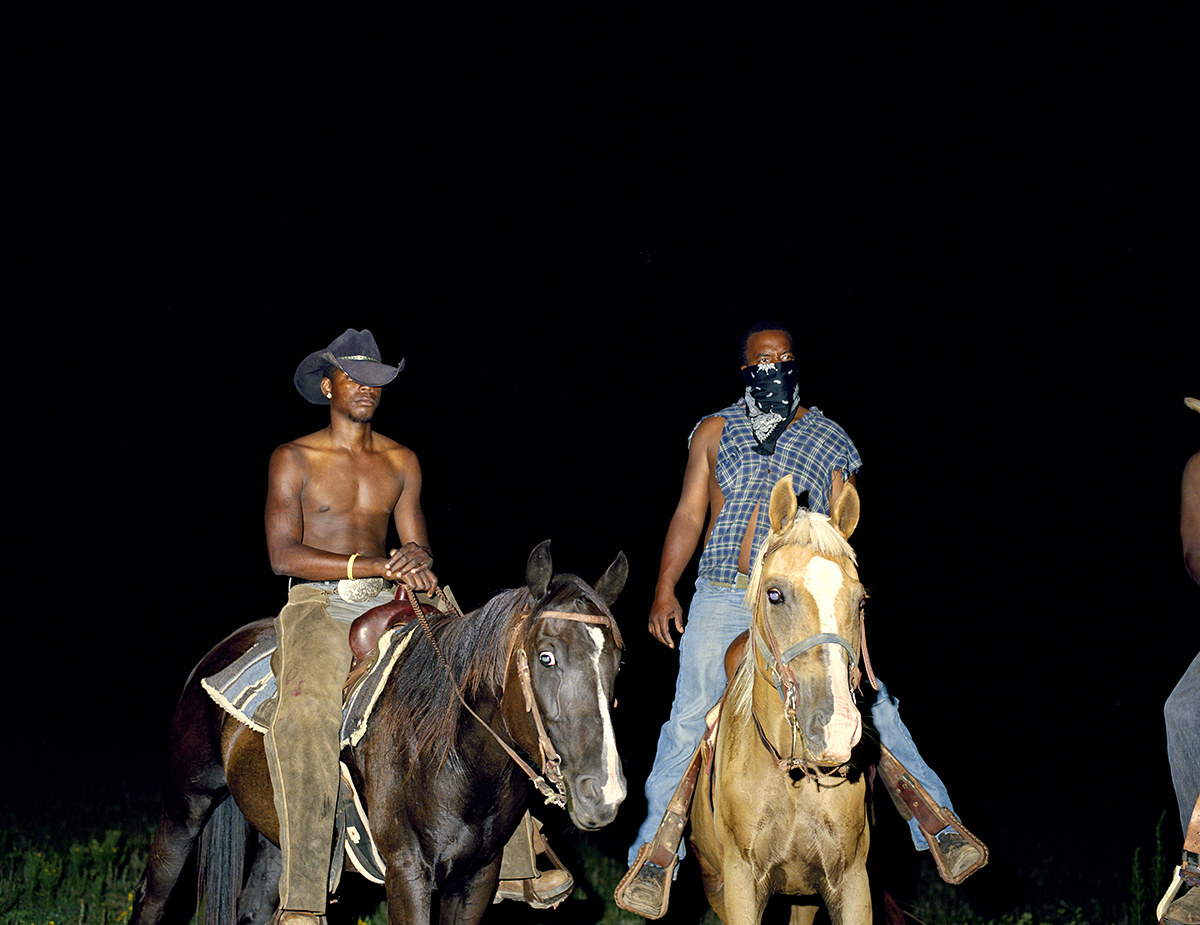
"The institution itself also strikes me as the ideal venue for this work. The Studio Museum in Harlem is not only a cultural center for art that has been inspired and influenced by black culture, but also a site for dynamic exchange of ideas about art and society. A show like Black Cowboy, which both highlights black culture and creates dialogue around the historical omission of black narratives, is truly at home at the Studio Museum in Harlem."
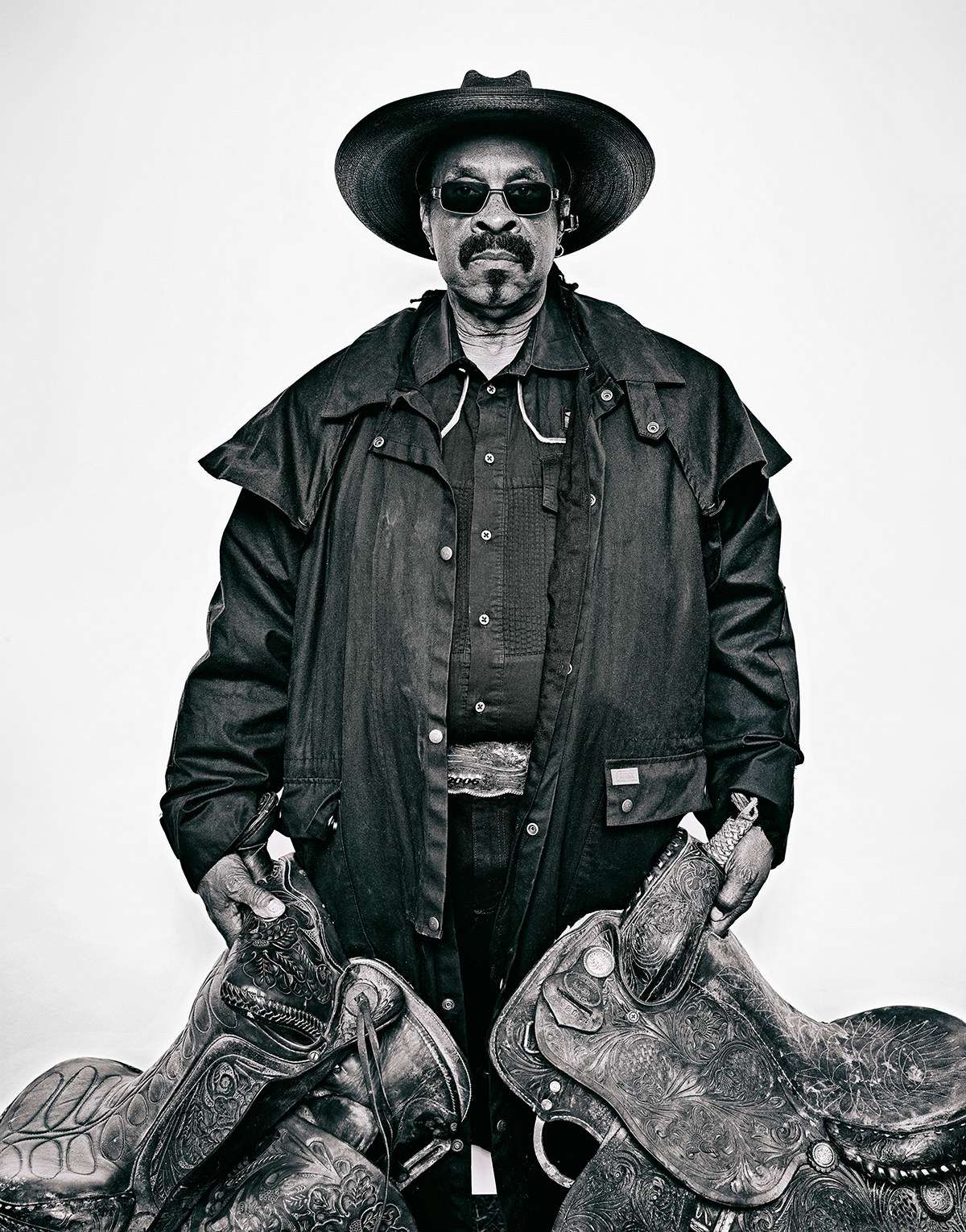
"Personally, I view Black Cowboy as a sort of small, revisionist art history," Hunt said. "In this exhibition, I wanted to introduce the public to some ideas and visual information they may not have had access to before, using art as the vehicle."
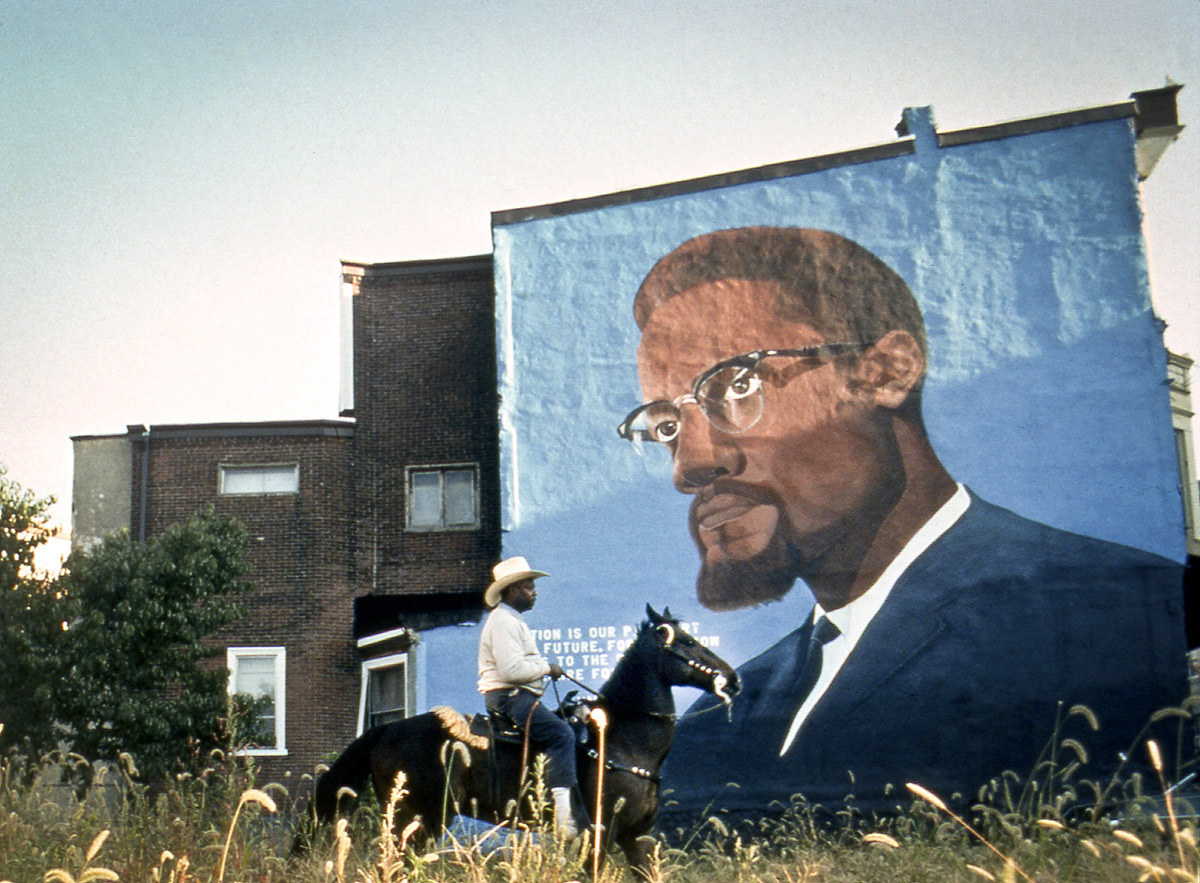
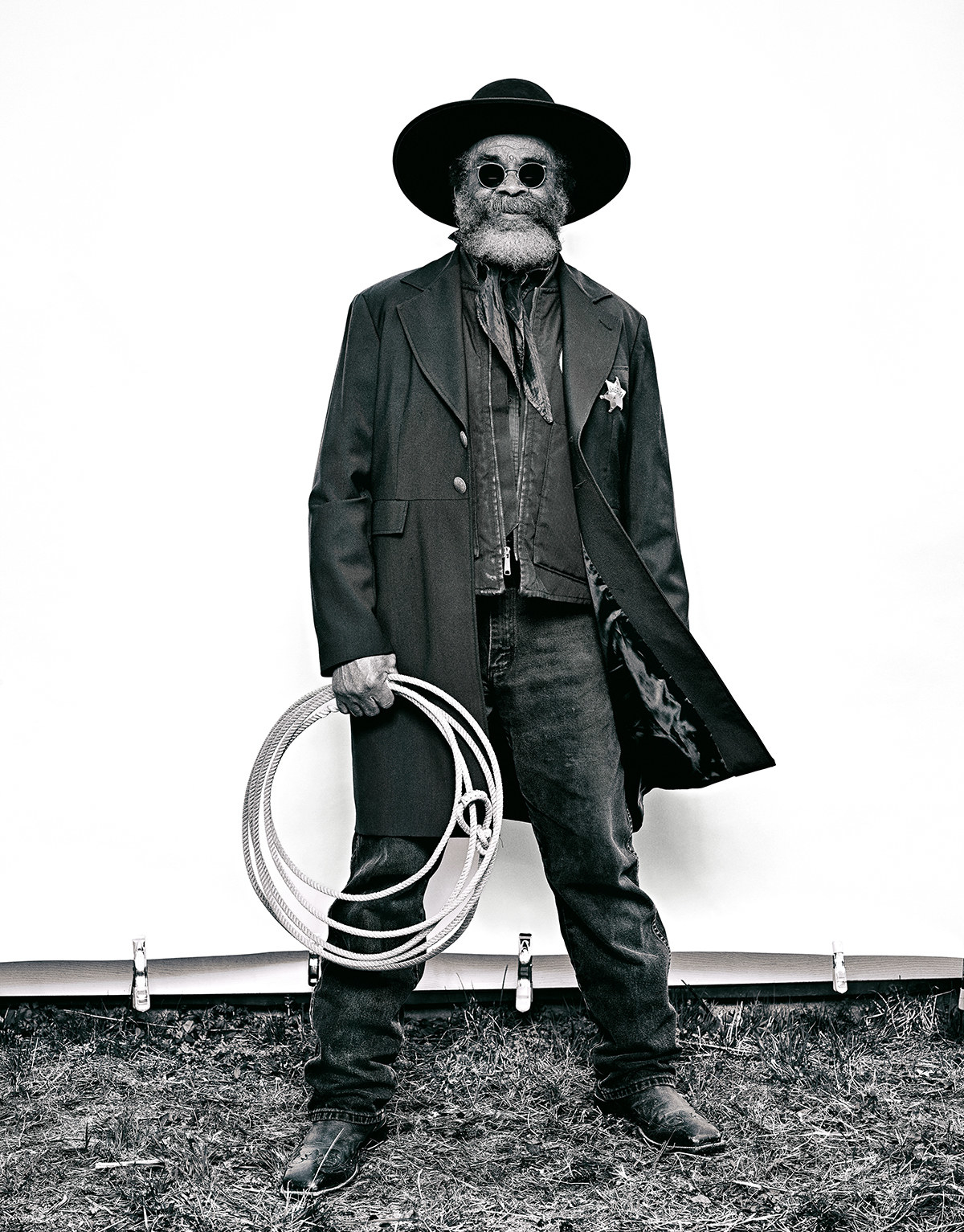
"I hope that viewers of Black Cowboy will continue to explore and challenge certain historical narrative, and become more aware of the potential of other stories that have always shaped our country and its culture. Black Cowboy highlights just one narrative that has been left out, but there are truly so many examples of whitewashed history."
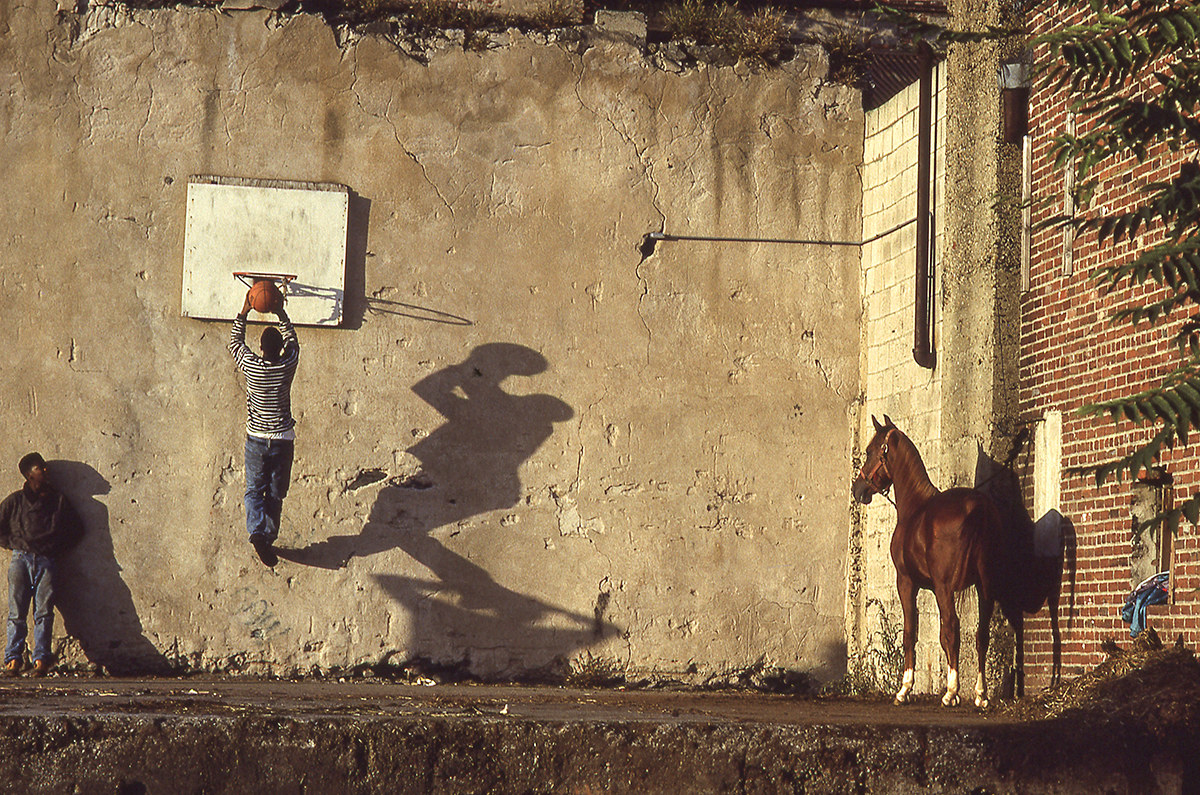
Black Cowboy is on view at the the Studio Museum in Harlem through March 5, 2017. You can learn more about the exhibition here.

